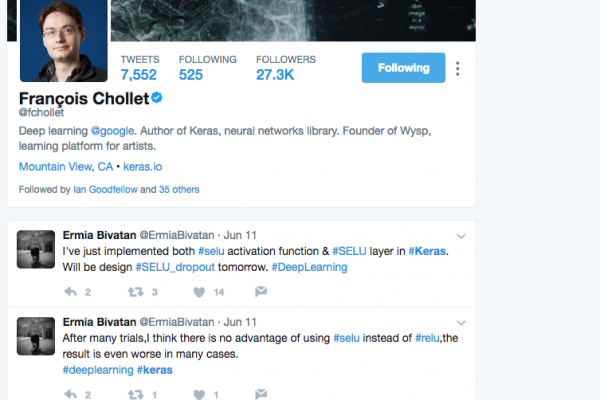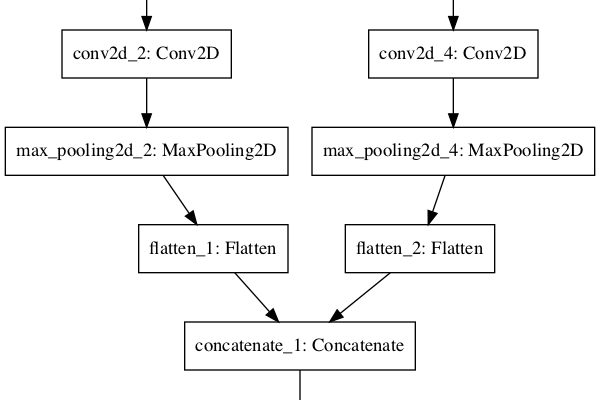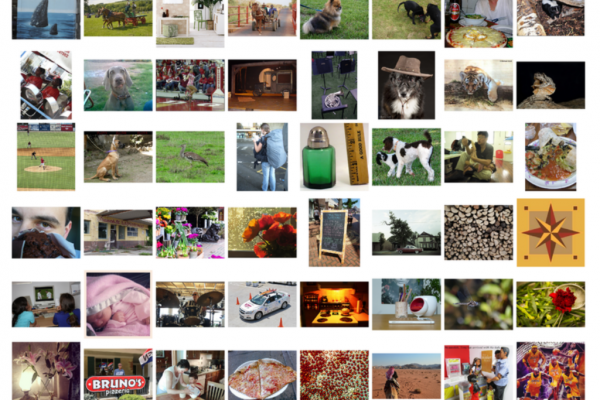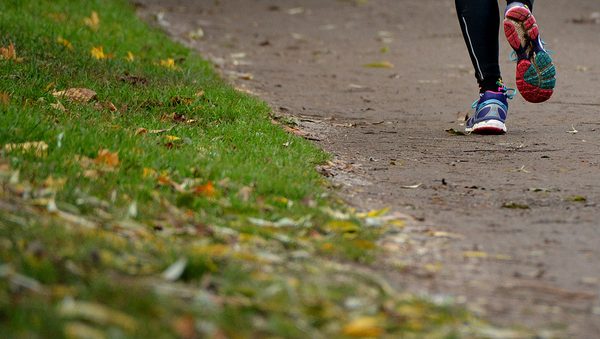9 Ways to Get Help with Deep Learning in Keras
Last Updated on August 19, 2019 Keras is a Python deep learning library that can use the efficient Theano or TensorFlow symbolic math libraries as a backend. Keras is so easy to use that you can develop your first Multilayer Perceptron, Convolutional Neural Network, or LSTM Recurrent Neural Network in minutes. You may have technical questions when you get started using Keras. You may need a little help. In this post, you will discover 9 places where you can ask […]
Read more








